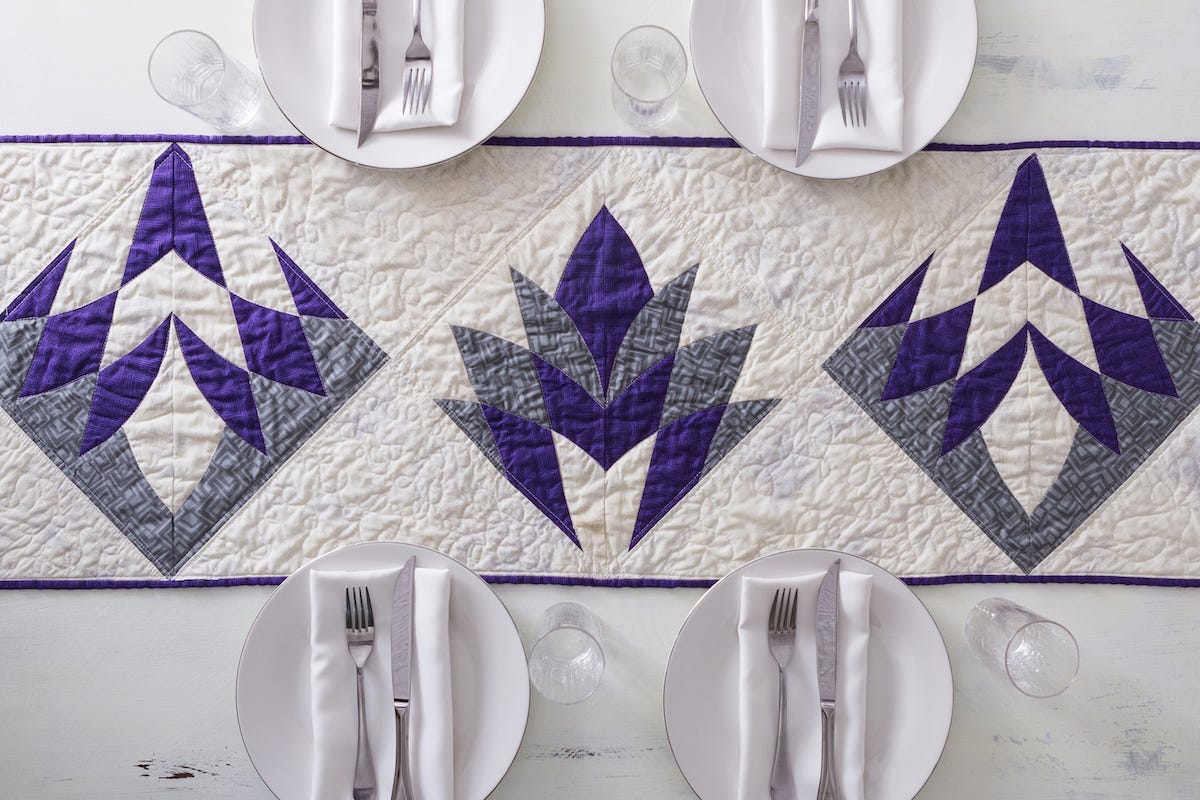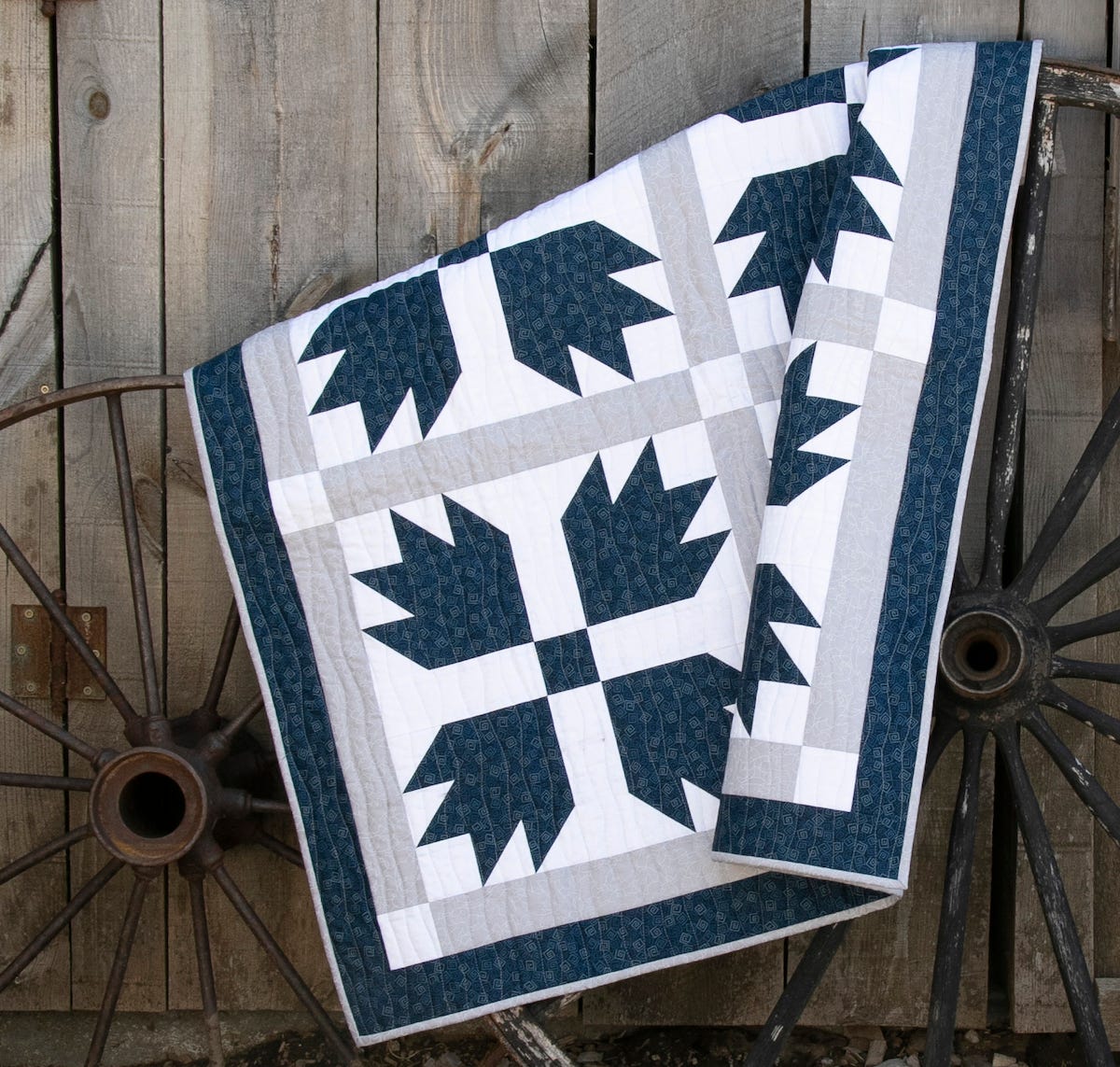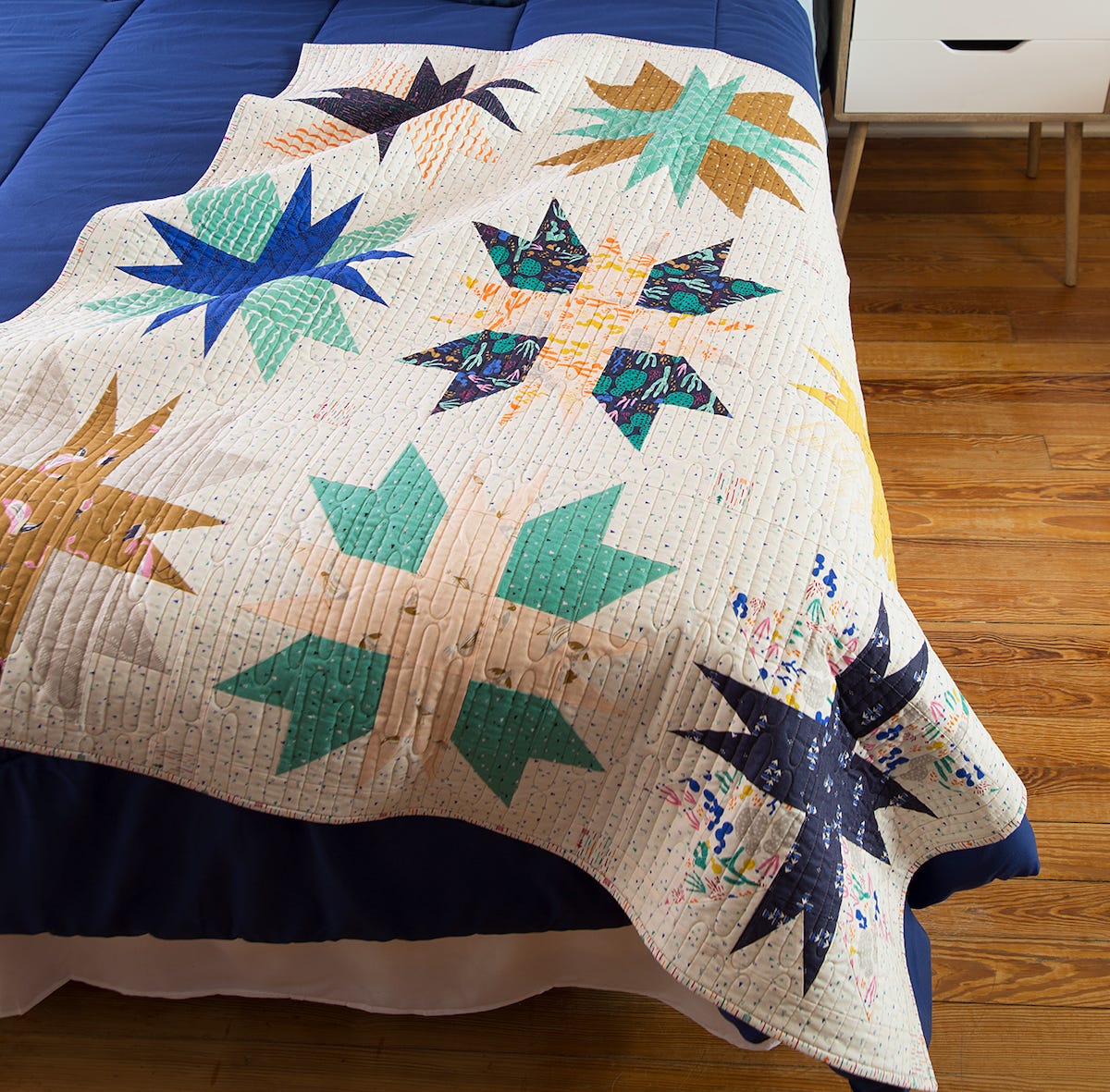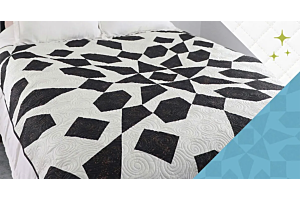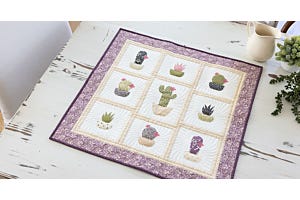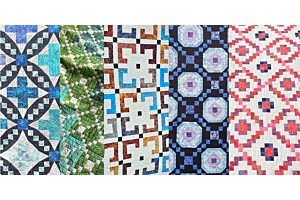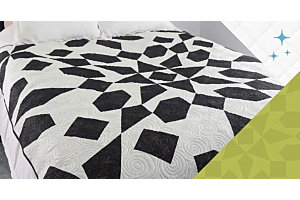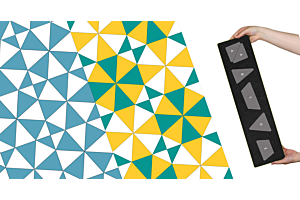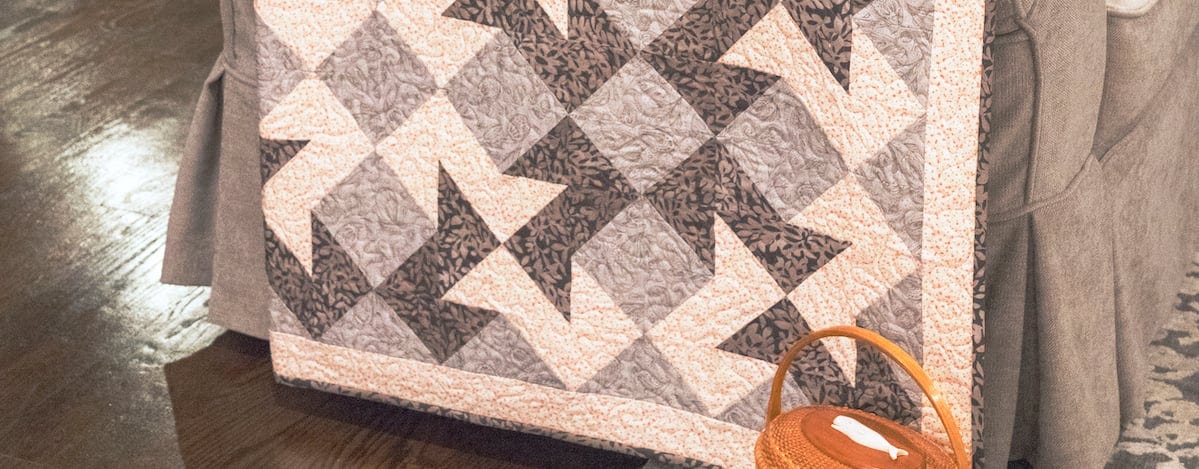
There is absolutely nothing colorless about our love of neutrals! We’re wild for the way these subtle hues ground busy patterns and prints while making other colors pop. Being immediately drawn to more vibrant colors might seem easier, but the right mix of neutrals can wake up or add dimension to a palette, and even be bold and versatile all on their own. Why are we talking about the importance of neutrals in quilting? Aside from our love from earthy tones, they're also so important to making a quilt pattern look great. Read on to learn how to use neutrals with confidence!
Speaking of earthy! Did you know the first Arbor Day was celebrated in AccuQuilt's home state of Nebraska? In fact, the founder of Arbor Day, J. Sterling Morton (yes, the same family behind the salt company) is from Nebraska City!
The Basics: Using Gray and Beige
When you think of neutral colors, gray and beige automatically come to mind. A simple color rule to follow is to mix grays with cool colors like blue, green, and purple and beige with warm colors like red, orange, and yellow.
Click here to learn more about the power of color in quilting!
GO! Deeper into Neutrals by Understanding Undertones
While neutrals like black, white, gray, brown, and cream are considered an absence of color, most have undertones. Discovering the undertone of your neutral and adding it into your own project’s color wheel can transform a pretty quilt into a fabric masterpiece. The art of undertones is a skill that comes with practice.
Cool and Warm Undertones
When violet, blue, or green undertones are present, gray is a cool neutral that pairs well with other cool tones. When beige is mixed with pink or gold, it’s a warm neutral that mixes with other warm colors.
Taupe, also called greige, is a combination of gray and beige. Taupe colors with a pink tone go with warmer hues, like the pale coral found in this GO! Qube 12" Zig Zag Road Quilt Pattern. With a violet undertone, it works best with cool shades, like the purple it’s paired with in this GO! Cleopatra Table Runner. True or natural white, with a touch of blue, pops when placed with cool tones. Off-white and ivory blend beautifully with warm colors.
Teach Yourself Undertones
Start training your eye to see undertones by sorting your fabric stash into neutral groupings. You’ll quickly see a variety in the tones. For example, your whites range from the bluish tint to ivory. Beige may look pinker or lean towards tan. Gray can have lavender, green, or be mixed with beige to create taupe. Black can be true or have a cool purple touch.
Want to see how different colors and fabrics match in a pattern before you purchase fabric? Our FREE GO! Quilt customizer can help. Click here to try it!
Using Your New-Found Skills
Now that you’ve got a good handle on undertones, how do you use them? A good rule of thumb is to choose a neutral with undertones that match the main color in your quilt project. You can see this beautifully in the blue-gray interior border that works so well with the dark blue and crisp white in this GO! Walking Bear Foot Wall Hanging.
GO! For Harmony or Create Balance
Mostly we’ve talked about keeping warm and cool undertones within their same temperature palette. This is a safe bet. But once you understand undertones you may want to play around with balancing a quilt that is too warm or too cool. Mix it up by adding a neutral in the opposing undertone to add visual intrigue. Check out how some of the blocks in the GO! Qube 6" Plus Points quilt pair orange-y brown to a silver gray with beautiful success.
Whatever temperature of neutral color you choose, we hope you’ll show us your results. We love to see quilters of all levels sharing their stories, tips, patterns, and pictures. After all, sharing is the binding that keeps our quilting community pieced together.
Please find and follow AccuQuilt on Facebook, Twitter, YouTube, Pinterest, and Instagram, and don't forget to subscribe to our blog so you receive our blogs right in your inbox!



